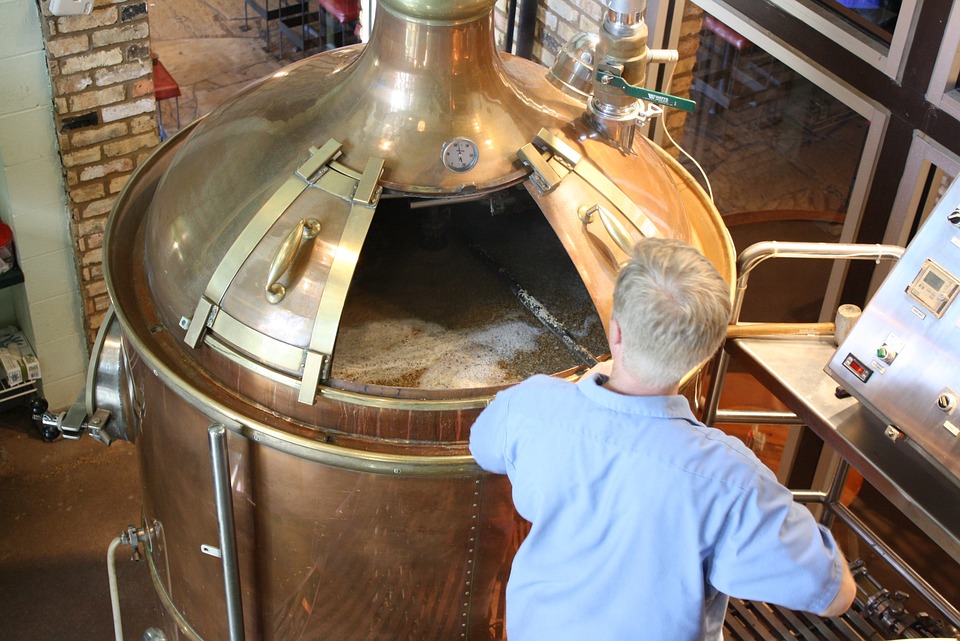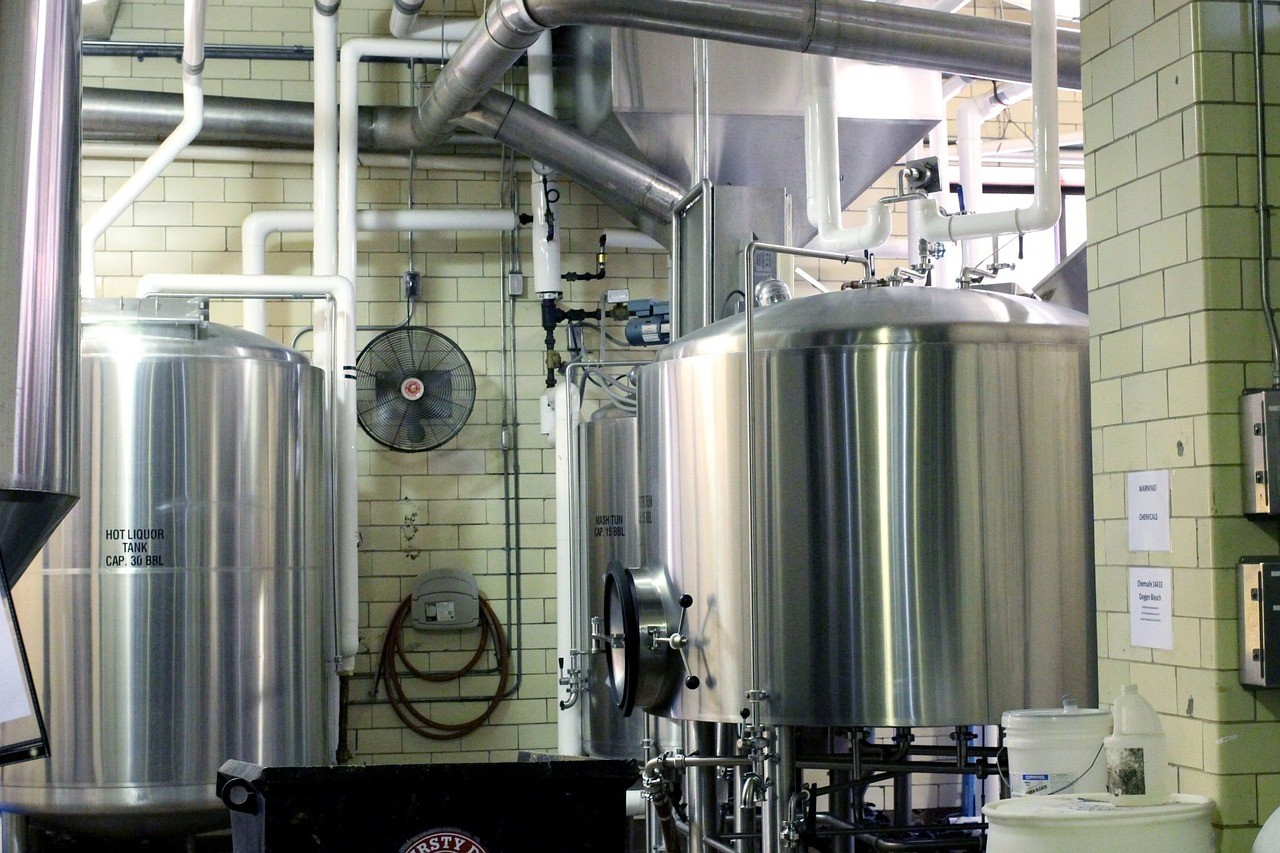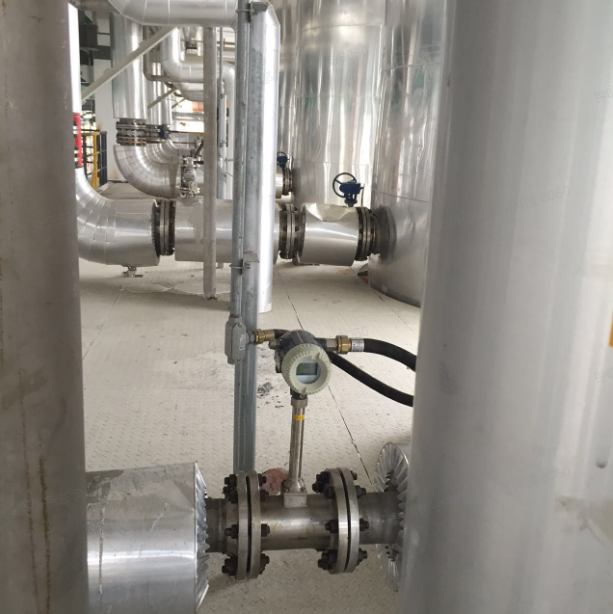Ultrasonic Magnetic Vortex Flow Meter Manufacturer, Sure We Are, Sure To Be Better | ✉ overseas@suremeter.com
Ultrasonic Magnetic Vortex Flow Meter Manufacturer, Sure We Are, Sure To Be Better | ✉ overseas@suremeter.com
The brewing of beer is a rich tapestry of natural processes and human ingenuity, a craft that has been refined over centuries. Within the walls of a modern brewery, the transformation of raw grains into the golden elixir of beer is a journey of meticulous measurement and control, where flow meters play the silent but critical role. Let's embark on a tour through the beer brewing process and explore how flow meters contribute to this age-old art.
From Grain to Glass: The Brewing Journey
Malting is where our story begins. Barley and wheat arrive at the brewery, setting the stage for their metamorphosis. They are weighed, cleaned, and stored in silos, where they await their first transformation. Soaking and germination follow, with grains developing enzymes that will later convert starches into sugars. The germinated grains are then dried in a kiln, creating malt, which is stored in malt silos, ready to impart its flavors to the beer.

Brewhouse operations see the malt being combined with water to form a mash, the starting point for the beer's body. This mash is separated in a lauter tun, with the liquid wort moving to the boil kettle, where it meets hops for a dance of bitterness and aroma. The spent grains are set aside, while the wort is boiled and then cooled, preparing it for its next, critical stage.
Fermentation is the heart of beer production, where yeast is introduced to the cooled wort. In fermentation tanks, the yeast consumes sugars, producing alcohol and carbon dioxide. The management of yeast is a delicate balance, with yeast storage and propagation ensuring a healthy and efficient fermentation. Meanwhile, C02 treatment systems capture the gas for use or disposal.
Filtration & Packaging mark the final act of our brewing drama. The mature beer is filtered to achieve its characteristic clarity and then transferred to bright beer tanks. From here, the beer embarks on its final journey, filling bottles, cans, or kegs with the precision of automated filling lines.
Why do we need flow meters in brewing?
Accuracy: Flow meters provide the exact measurements necessary for brewing, ensuring that recipes are followed to the letter.
Efficiency: By automating the measurement process, flow meters increase the efficiency of the brewery, reducing waste and downtime.
Control: They offer brewers precise control over the brewing process, which is essential for achieving the desired flavors and characteristics in the final product.
Safety: Flow meters contribute to a safer brewing environment by ensuring that the correct volumes of ingredients are used, reducing the risk of contamination or spoilage.
Compliance: In the regulated world of food and beverage production, flow meters help breweries maintain compliance with quality and safety standards.
How do flow meters work in brewing?
Throughout this process, flow meters are the silent sentinels, ensuring that every step is executed with the precision that beer brewing demands.

In the Brewhouse, flow meters measure the exact amount of water added to the mash, ensuring that the extraction of sugars is optimal.
Thermal Flow Sensor: Thermal flow sensors measure the heat transfer between a heated element and the fluid. The rate of heat transfer is proportional to the flow velocity, allowing for the calculation of the flow rate. Useful for measuring the flow rate of water being mixed with malt, providing a compact solution.
During Wort Transfer, they track the volume of wort moving from the lauter tun to the boil kettle, preventing losses and ensuring consistency.
Liquid Turbine Flow Meter: As liquid flows through the turbine meter, it causes the rotor to spin. The rotation speed of the rotor is directly proportional to the flow rate. Accurately measures the volume of wort being transferred, known for its high accuracy and repeatability.
Variable Area Flow Meter (Rotameter): The variable area flow meter consists of a tapered tube and a float. As the fluid flows through the tube, the float rises until the buoyant force equals the gravitational force. Provides a visual indication of flow rate, useful for manual control and monitoring.
In Hop Addition, flow meters can control the dosing of hop extracts or pellets, delivering the precise bitterness and flavor profiles that define a beer's character.
Coriolis Mass Flow Meter: Coriolis meters measure mass flow by detecting the twisting motion (Coriolis effect) of a tube when fluid flows through it. The twisting is directly related to the mass flow rate of the fluid, offering a direct measurement that is independent of density changes.
Ultrasonic Flow Meter: Ultrasonic flow meters measure the flow rate by sending ultrasonic waves through the fluid and measuring the time difference as they travel in opposite directions. The time difference is proportional to the flow velocity, allowing for accurate and non-invasive flow measurement.
Cooling Processes rely on flow meters to manage the rate at which wort is cooled, a critical step that affects the beer's final taste and quality. Thermal Flow Sensor assists in monitoring the flow rate during the cooling process.
Filtration stages use flow meters to monitor the flow rate of beer, ensuring that it moves smoothly through filters, maintaining clarity and quality. Ultrasonic Flow Meter provides non-invasive and accurate flow measurement, which is beneficial for maintaining product quality during filtration. Wedge Flow Meter offers a cost-effective solution for flow measurement in filtration processes.
Packaging Lines employ flow meters to fill bottles, cans, or kegs with precision, avoiding overfills and ensuring product consistency. Variable Area Flow Meter is useful for visual monitoring of the filling process, ensuring accuracy and control.
Orifice Plate Flow Meter: The orifice plate creates a constriction in the flow path, causing a pressure drop across the plate. This pressure difference is proportional to the flow rate, allowing for the calculation of the volumetric flow. Common in filling operations for its simplicity and reliability in measuring flow rates.

Temperature & Pressure Control (Throughout the Process):
Temperature & Pressure Transmitter: Measure the heat energy of the fluid, while pressure transmitters measure the force per unit area exerted by the fluid. Vital for monitoring and controlling the temperature at various stages, affecting both process efficiency and product quality.
Level Monitoring (In Tanks and During Transfers):
Ultrasonic Level Meter: Ultrasonic level meters work on the principle of echo ranging. A transducer sends out an ultrasonic wave that reflects off the surface of the liquid and returns to the transducer. The time taken for the wave to travel to the surface and back is used to calculate the level of the liquid. Non-contact measurement of liquid levels in tanks and vessels.
Level Transmitter: Level transmitters provide a continuous level measurement by detecting the distance between the sensor and the liquid surface, ensuring proper fill levels in tanks and during transfers.
The brewing of beer is a complex interplay of nature's processes and human technology. Flow meters, while unseen by the consumer, are an integral part of this process, ensuring that every pint, bottle, or keg of beer is a perfect expression of the brewer's art. As the beer industry continues to evolve, the role of flow meters in breweries is likely to expand, further enhancing the quality and consistency of our favorite beverages.
Copyright © 2025 Tianjin Sure Instrument Co., Ltd. | All Rights Reserved 津ICP备08002549号-2
Hello, please leave your name and email here before chat online so that we won't miss your message and contact you smoothly.